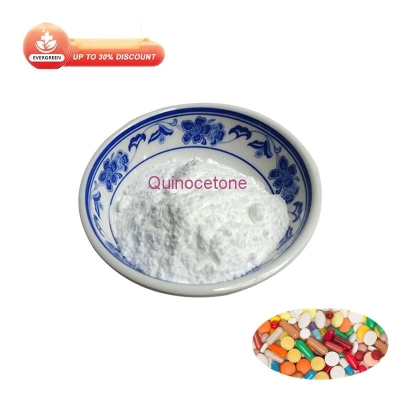-
Categories
-
Pharmaceutical Intermediates
-
Active Pharmaceutical Ingredients
-
Food Additives
- Industrial Coatings
- Agrochemicals
- Dyes and Pigments
- Surfactant
- Flavors and Fragrances
- Chemical Reagents
- Catalyst and Auxiliary
- Natural Products
- Inorganic Chemistry
-
Organic Chemistry
-
Biochemical Engineering
- Analytical Chemistry
- Cosmetic Ingredient
-
Pharmaceutical Intermediates
Promotion
ECHEMI Mall
Wholesale
Weekly Price
Exhibition
News
-
Trade Service
The Production Process of 3-(Isonicotinoylhydrazonomethyl) Rifamycin in Chemical Industry
3-(Isonicotinoylhydrazonomethyl) rifamycin, also known as eritorqa, is a synthetic antibiotic drug that is used to treat a variety of bacterial infections.
The drug is a semisynthetic derivative of rifamycin, which is produced through a complex fermentation process involving a variety of microorganisms.
The production process of 3-(isonicotinoylhydrazonomethyl) rifamycin involves several steps, including the synthesis of the precursor molecule isonicotinic acid, the conversion of the acid into isonicotinoyl chloride, and the subsequent conversion of the chloride into the final product.
Isonicotinic acid is the precursor molecule for the production of 3-(isonicotinoylhydrazonomethyl) rifamycin.
The acid is synthesized through a three-step process, including the condensation of salicylic acid with chloralazine, the condensation of the resulting intermediate with 5-aminolevulinic acid, and the subsequent decarboxylation of the product to form isonicotinic acid.
The next step in the production process is the conversion of isonicotinic acid into isonicotinoyl chloride, which is achieved through a reaction with thionyl chloride.
The reaction is carried out in the presence of a solvent, such as ethyl acetate, and is catalyzed by a strong acid catalyst, such as sulfuric acid.
The resulting product is a colorless liquid that is used in the next step of the production process.
In the final step of the production process, the isonicotinoyl chloride is converted into 3-(isonicotinoylhydrazonomethyl) rifamycin.
The conversion is achieved through a reaction with rifamycin, which is a naturally occurring antibiotic produced by a variety of microorganisms.
The reaction is carried out in the presence of a solvent, such as ethanol, and is catalyzed by a strong acid catalyst, such as hydrochloric acid.
The resulting product is a white or slightly yellowish solid that is isolated through a crystallization process.
The production process of 3-(isonicotinoylhydrazonomethyl) rifamycin is a complex and multi-step process that requires a significant amount of expertise and resources.
The production process is performed under strictly controlled conditions to ensure the purity and quality of the final product.
The production process also involves a variety of hazardous chemicals and waste products, which must be properly handled and disposed of to prevent harm to the environment and workers.
In conclusion, the production process of 3-(isonicotinoylhydrazonomethyl) rifamycin is a complex and multi-step process that involves several hazardous chemicals and waste products.
The production process requires a significant amount of expertise and resources and is performed under strictly controlled conditions to ensure the purity and quality of the final product.







